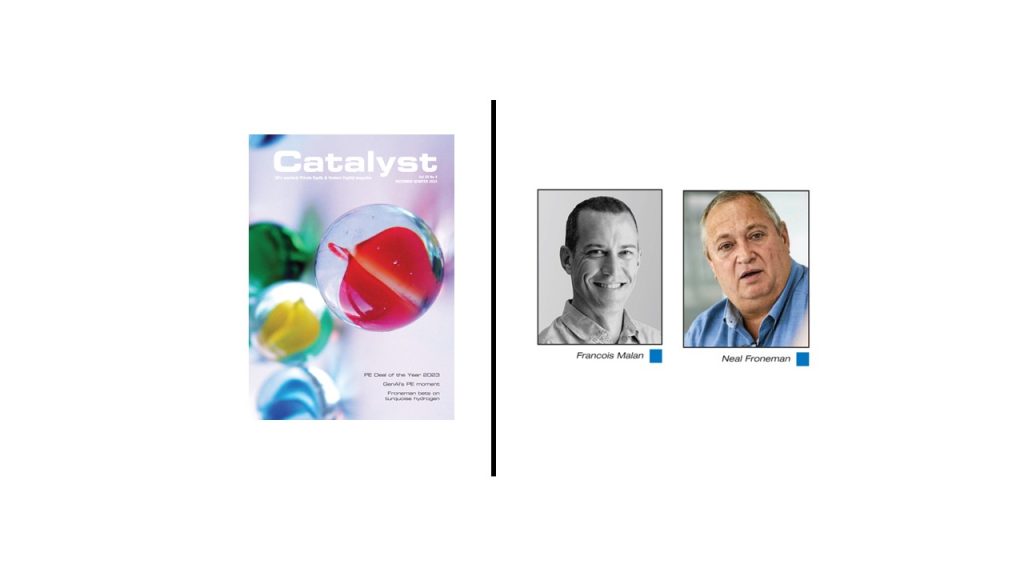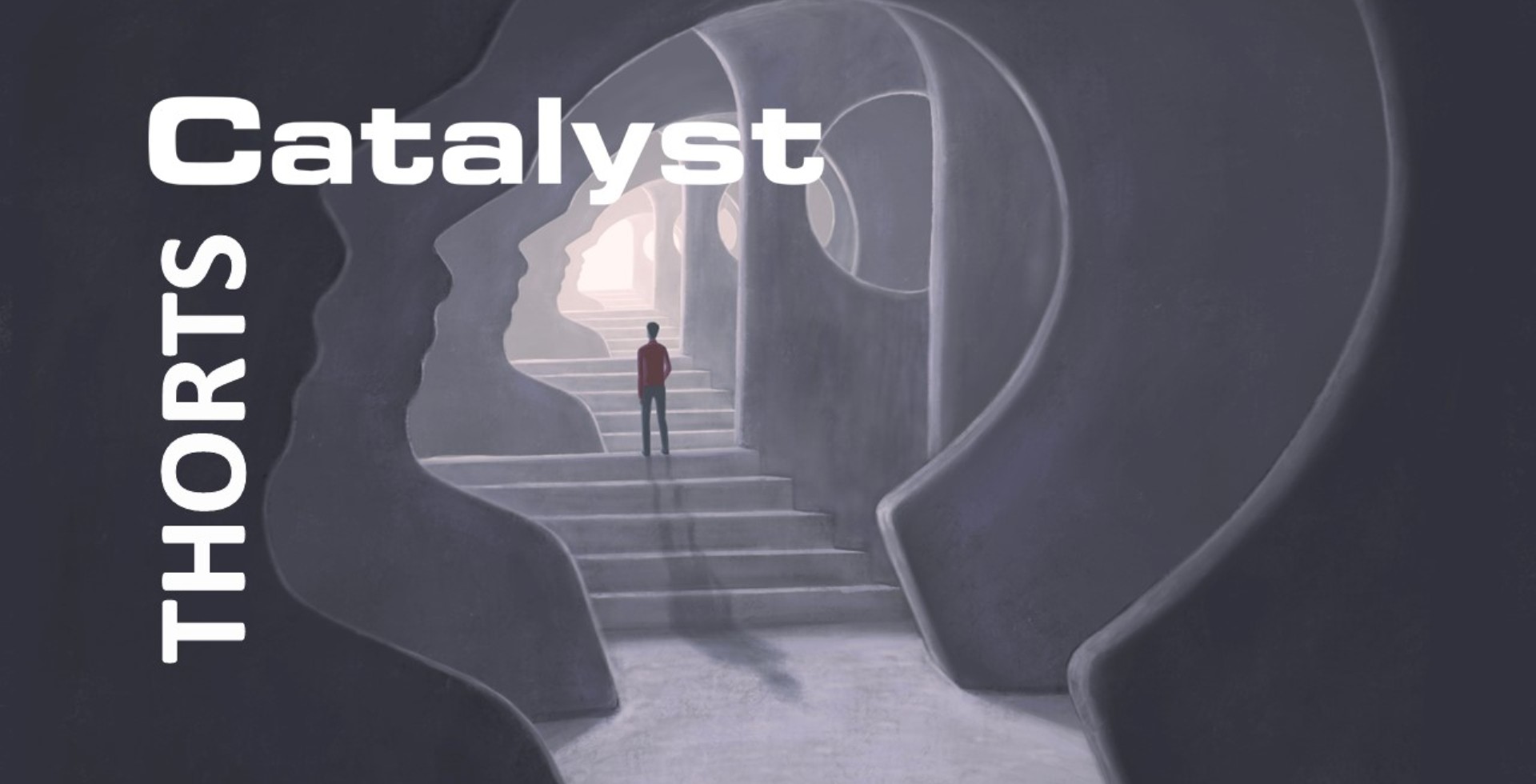With the great majority of the world’s governments committing to decarbonising their economy within the next two generations, we are embarking on an adventure into the unknown.
What was once a debate over carbon price and emissions trading has evolved into an industrial policy competition. Along the path, there will be opposition and denial. There will be breakthroughs and unexpected victories. The cost of solar and wind electricity has dropped dramatically during the previous two decades, and battery-powered electric cars (EVs) have progressed from imagination to commonplace reality.
However, in addition to open resistance and unambiguous wins, we will have to deal with ambiguous situations, wishful thinking and motivated reasoning. As we seek technological solutions to the decarbonisation issue, we must be wary of the energy transition’s mirages.
Globally respected economist, Adam Tooze recently opined in Foreign Policy magazine that, right now, we face a similar dilemma – a dilemma of huge proportions – not with regard to H2O, but one of its components, H2—hydrogen.
Green hydrogen is created when water is split into oxygen and hydrogen (natural gas), using wind or solar energy. Green hydrogen can replace fossil fuels.
“Is hydrogen a key part of the world’s energy future or a dangerous fata morgana?” Tooze reasoned rhetorically. “It is a question on which tens of trillions of dollars in investment may end up hinging. And scale matters.”
The real potential of green hydrogen, and how South Africa can take advantage of the anticipated demand in the drive towards clean, sustainable energy, was the subject of Johannesburg’s recent Indaba special session on green hydrogen so, clearly, industry is excited by its potential. Speaking to lawyers at Bowmans recently revealed that deal due diligence in the space is heating up.
Green Hydrogen is coming into its own, with well over 500 projects globally, in various stages of development. The challenge so far has been getting these projects to financial close. Rebecca Maserumule, Chief Science and Tech representative – Hydrogen and Vaccines inside the Department of Science and Innovation, recently told Catalyst that only roughly 4% of these projects have reached final investment decision (FID).
Priscillah Mabelane, Sasol’s Executive Vice President – Energy Business, was quoted by Reuters in November on the sidelines of a demonstration of an on-road, green hydrogen ecosystem, where a car developed by Toyota was shown to run on fuel produced by Sasol, saying that the firm expects green hydrogen to be cost competitive by 2035. By then, costs would come down to below US$2 per kilogram, from between $4 and $6 at present.
Mabelane said that the company was working with the government to define standards and regulations for green hydrogen, and to set up a port for the export of the green fuel.
Meanwhile, Sibanye Stillwater is betting on “turquoise hydrogen”.
In an interesting move toward a sustainable energy future, Sibanye-Stillwater and Savant Venture Fund announced a strategic investment in BurnStar Technologies, a trailblazing South African clean hydrogen company. This collaboration stands as a significant milestone in South Africa’s commitment to sustainability, with a focus on the production of Guilt–Free (Turquoise) Hydrogen™.
BurnStar Technologies, positioned at the forefront of South Africa’s hydrogen transition, employs a cutting-edge patented liquid metal reforming process for hydrogen production. Through methane pyrolysis, BurnStar can convert Methane, LNG or LPG feedstock into high-purity hydrogen with near-zero carbon dioxide emissions. Sibanye is betting that this innovative technology propels South Africa towards a more sustainable, low-carbon hydrogen future.
Under the strategic watch of CEO Neal Froneman, Sibanye-Stillwater (SSW) has established itself as one of the world’s largest primary producers of platinum, palladium and rhodium, and is a top tier gold producer. It also produces and refines iridium and ruthenium, nickel, chrome, copper and cobalt. The Group has recently begun to build and diversify its asset portfolio into battery metals mining and processing, and is increasing its presence in the circular economy by growing and diversifying its recycling and tailings reprocessing operations globally.
Froneman recognises the potential of hydrogen as a clean energy source. Through SSW’s iXS programme, powered by Savant, this strategic investment in BurnStar demonstrates his confidence in supporting South African innovation with global applications.
Savant Venture Fund, known for its focus on transformative technologies, views BurnStar’s clean hydrogen production as a game-changer in the global energy landscape. This investment aligns with Savant Venture Fund’s mission to accelerate the adoption of sustainable technologies.
Francois Malan, Partner at Savant Venture Fund, shares his enthusiasm: “We are thrilled to be investing in Johan Brand and his team as they commercialise what we believe to be a world-leading technology in clean hydrogen production. The BurnStar solution has strong commercial promise in both industrial processing application and clean energy storage. This investment will demonstrate the first step towards paving the way for guilt-free hydrogen™ applications, both locally and internationally.”
While some may be weary of the hype, the fact is that while we may not need 600 million, 500 million, or even 300 million tons of green and blue hydrogen by 2050, we currently use about 100 million and, of that total, barely 1 million is clean, so the opportunity is still attractive.
And so far, few would bet against Froneman in pulling off another coup.

This article first appeared in Catalyst, DealMakers’ quarterly private equity publication.
DealMakers is SA’s M&A publication.



